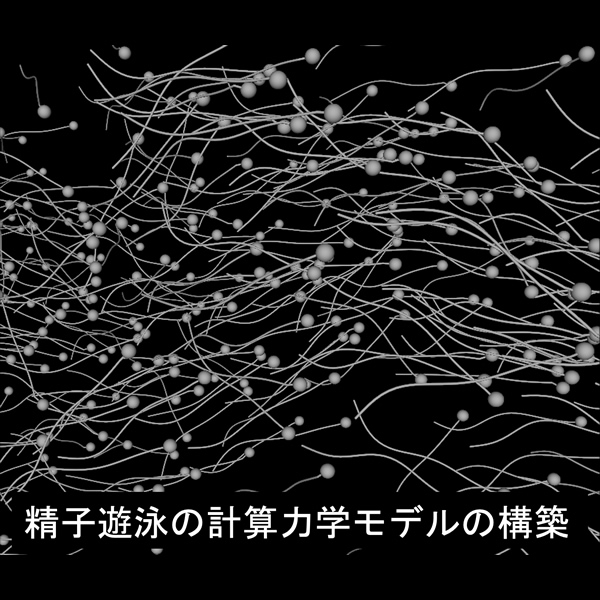Grant-in-Aid for Transformative Research Areas (A)
Publicly Offered Research:2024FY
Development of a mechanical model of sperm chemotaxis based on hydrodynamics
- Principal
investigator - Toshihiro OmoriTohoku University
When sperm sense attractant emitted from the egg, they dynamically change their flagellar beating and swim towards the egg, known as chemotaxis. For chemotaxis to be achieved, the sperm must sense the concentration gradient of the attractant in the environment and change its flagellar movement in response to the concentration field to redirect its swimming towards the egg. In this study, we develop a mechanical model for the regulation of calcium dynamics and calcium-dependent dynein activity in the ascidian sperm, which is dependent on the concentration gradient of the attractant. Spatiotemporal changes in the 'force' inside the flagellum, starting from attractant sensing, are quantified and the coupled problem of concentration field and sperm swimming is described as a dynamical model. By clarifying the distribution of forces acting on the flagellum, we discuss the mechanistic mechanism of chemotaxis based on flagellar dynamics.

 Ethological dynamics in diorama environments
Ethological dynamics in diorama environments